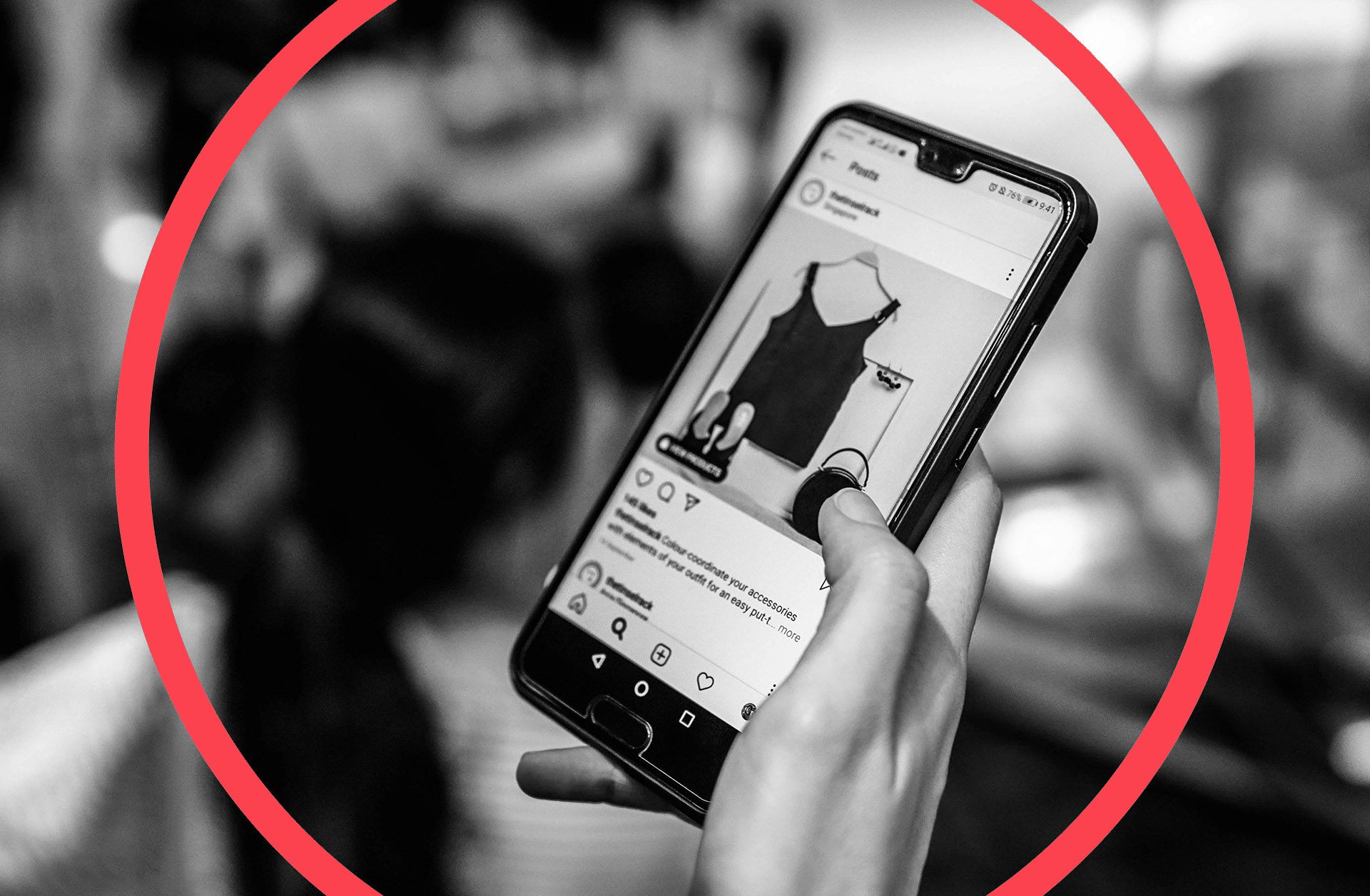“She said, ‘I called [the airport] and asked if they could reserve them for me, and they said no, you have to buy them here. We can’t reserve them.’ She said it was the least helpful thing. She was going to go to the airport anyway, so could she just buy them and they just put them aside so that when she goes there, she could pick them up?”
Hotels are also responding to guests’ needs during idle time. Some hotels have gone as far as shuttering their room-service programs because more guests were ordering delivery than calling downstairs to have the kitchen whip something up for dinner. The hotel could provide a platform for local restaurants or food-delivery services to advertise directly to the consumer. Many new hotels have also included local restaurants and bars in their designs that give guests places to relax if they don’t feel like sitting in their rooms.
Like airports, hotels also have more potential when it comes to retail.
“If I’m a big box hotel, I can design this whole experience around how I have a digital relationship with you,” said Orbon. “As a traveler, I will start to think of your brand as a shopping place.”
“Then every time I stay with your brand, they have three or four days to deliver me stuff. They can leave it in my room, or I can collect it as I go through the lobby. They can have these different digital interactions with me in the lobby. I can get used to shopping when I stay with you. There’s no reason I have to go to some men’s clothing store. I would buy stuff at the hotel easily, because I don't really like going shopping.”
While travel brands compete with Amazon and other online retail giants on their quests to become platform businesses, airports and hotels will likely benefit from their physical presence.











